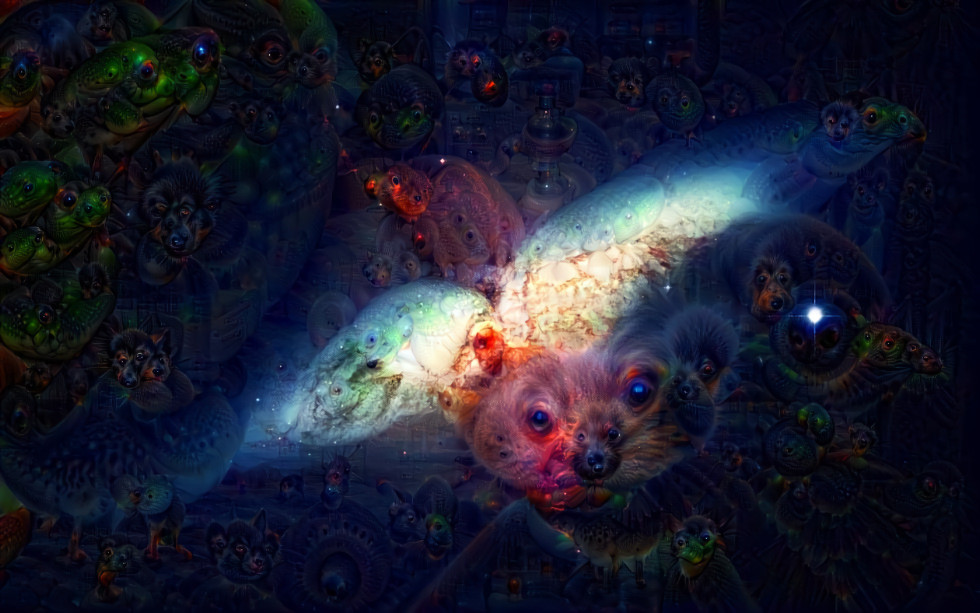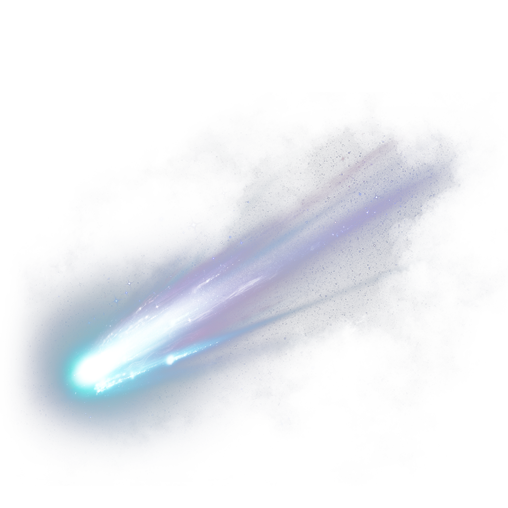Post Views:
1,245
Stoliker, D., Egan, G. F., Friston, K. J., & Razi, A.. (2021). Neural Mechanisms and Psychology of Psychedelic Ego Dissolution. Bioarxiv
Show/hide publication abstract
“Neuroimaging studies of psychedelics have advanced our understanding of hierarchical brain organisation and the mechanisms underlying their subjective and therapeutic effects. the primary mechanism of action of classic psychedelics is binding to serotonergic 5ht2a receptors. agonist activity at these receptors leads to neuromodulatory changes in synaptic efficacy that can have a profound effect on hierarchical message passing in the brain. here, we review the cognitive and neuroimaging evidence for the effects of psychedelics; in particular, their influence on selfhood and subject-object boundaries-known as ego dissolution-surmised to underwrite their subjective and therapeutic effects. agonism of 5ht2a receptors, located at the apex of the cortical hierarchy, may have a particularly powerful effect on sentience and consciousness. these effects can endure well after the pharmacological half-life, suggesting that psychedelics may have long-term effects on neural plasticity that may play a role in their therapeutic efficacy. psychologically, this may be accompanied by a surrender of ego resistance that increases the repertoire of perceptual hypotheses, including those that undergird selfhood. we consider the interaction between serotonergic neuromodulation and sentience through the lens of hierarchical predictive coding, which speaks to the value of psychedelics in understanding how we make sense of the world-and specific predictions about effective connectivity in cortical hierarchies that can be tested using functional neuroimaging.”





